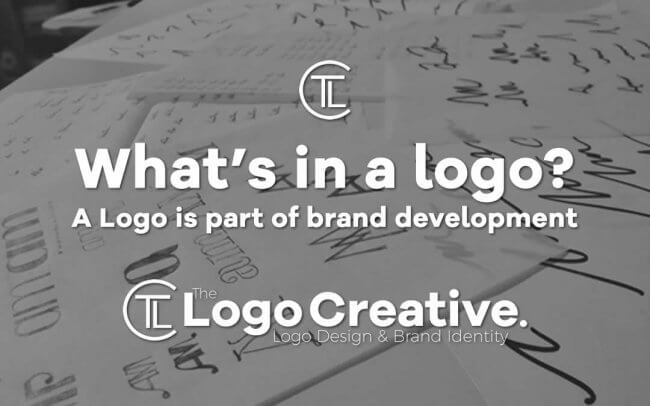
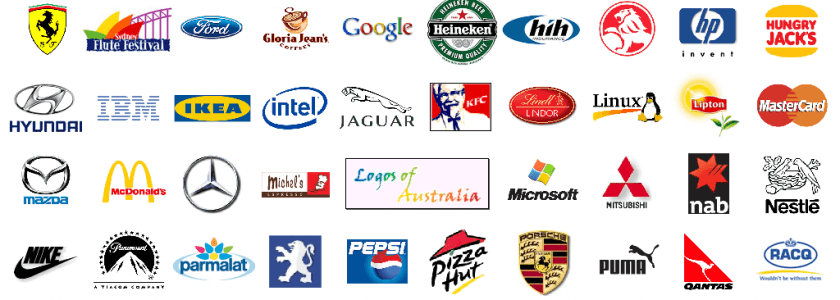
When people ask me to explain brand development, I usually respond with a question and possibly a metaphor of sorts, “Do you think you would be who you are today if you didn’t have your name?”
Most likely the name of a person is the first piece of information we have about them. The first point of contact is what to call another person, this is what we are told to address them by and often, a name is all we have for a while. We then make assumptions or form judgments about them quickly and those assumptions accumulate. So the first piece of information, a name, is paramount. First impressions can set the stage for future and much larger interactions. A name can direct you in a positive or a negative direction.
For anyone unfamiliar with branding or its development, the best way to understand or observe it is to imagine yourself without a name. Philosophically speaking, everything we are now, started as a branding process the moment our name was given to us.
Our experiences in our lives define who we are or who we choose to be and that is what is referred to as the DNA of the brand. This DNA can reinvent itself, but it is the purest form of who we are no matter how we may repackage it. If we lose that DNA we no longer exist, our iconic traits vanish and so does our personality; we become empty, nameless, a void that can be filled with anything.
Imagine our parents as directors in a company or business that helps to maintain whatever identity you developed. They aim to help you to present the best image of yourself; your birth certificate and ID cards are merely collateral. Your parents, until you become self-sustaining are your brand managers.
The job of the brand manager is to maintain and nurture the brand, not change it but allow it to flourish but guide it in the right direction.
Your name is essentially your logo and your personality the brand. Your parents gave you what they considered to be an appropriate name, a way for other people to identify you and acknowledge you.
With each interaction and acknowledgement an identity starts to form, a personality starts to develop. Your parents do their best to guide you while allowing you to be your truest self. They give you tools that will help you become sustainable and independent in the future.
Ultimately, people create an association with your personality, behaviour and all that defines you with your name. You are a fully functioning brand, built on a belief system. Brand development is a process used to identify that belief system and as a result define the marketing and selling a solution appropriately.
Branding is built on the idea of relationships. It’s created by people for people.
Your name has a big Job, it must carry the weight of all you represent, what people think of you will become your reputation. A logo is no different.
So the question still stands: who would you be without your name?
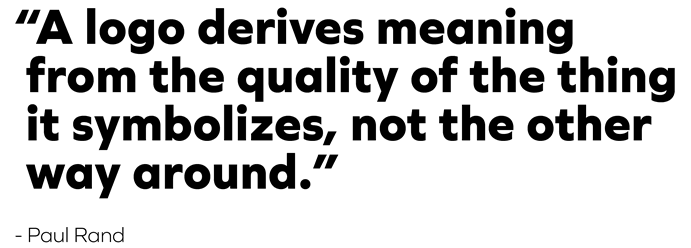
Similarly, to your name and personality, a logo and the brand it represents should be viewed as a living, breathing entity, so to speak.
Before a brand can have a logo and an identity or, for all intent and purposes, gets wrapped in beautifully crafted packaging, it must be defined. We must know what personality it has. First, we start a business. A business needs a name, so we give it one.
We ensure the business has the right tools, define its function and the solution it is selling. We build it by the purpose it will serve and then proceed to guide it. As the business grows it will start to develop specific characteristics, people start to learn its name and associate the type of service and/or products it offers with its name. Like a person, the business may also receive a nick-name, most likely from consumers based on their perception.
We can ensure that the business holds true to its personality and name but sometimes if the nick-name is good we may embrace it. If its bad, then we must find ways of countering that issue. Think of your name as the registered corporative name and your nick name as your communicative name. Which is exactly what Federal Express did, recommended by the agency Landor back in 1994, they have adopted the moniker Fedex, as that’s what their consumers affectionately call it.
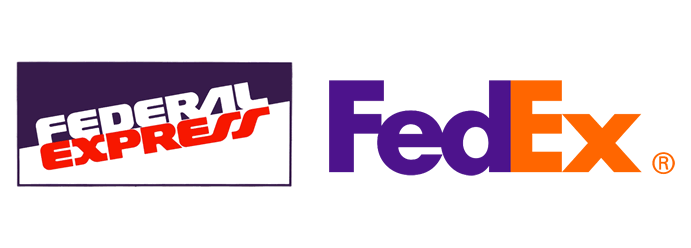 This shows that while we can try to control all aspects of the reality the business exists in, we may fail. Despite how much care goes into creating a business, we can’t always control the real-world experience of consumers. Instead, we must show consumers what the business really is and give them the right messages, so they too can have the perception we desire them to. We do not leave it up to the consumer to define the business, however the identity is often created by their experience and association with that experience.
This shows that while we can try to control all aspects of the reality the business exists in, we may fail. Despite how much care goes into creating a business, we can’t always control the real-world experience of consumers. Instead, we must show consumers what the business really is and give them the right messages, so they too can have the perception we desire them to. We do not leave it up to the consumer to define the business, however the identity is often created by their experience and association with that experience.

Once we have defined this business, or done our business development process, we observe the constantly growing personality that’s forming. This is the beginning of a defined brand and this brand will need to be represented appropriately. The more defined the personality becomes, the more sustainable the brand. Therefore, the logo must be a distinctive, simple, appropriate and functional identifying mark.
People must learn this mark the same way they learned the name of the business. It must be easy and memorable. This is where a complex process of discovering a simple solution begins. We focus on identifying the DNA of the brand and its personality, how to best represent this brand for such a specific business in a saturated industry and an ever-growing niche, and how do we allow our business to be its true self and stand out from the other businesses?
Well, it won’t be easy, but it can be done, and it has been done.
The belief system the brand is built on is finding out where it all started. What are we selling to consumers other than our products? What do they buy into? Is it a culture, a way of life? When those questions are answered, we then develop a logo that represents that belief as best as possible. The logo can be a symbol, a wordmark or a combination of both. A logo can be many things to be honest, but it must be appropriate and functional.
If we observe churches, cults, rock bands or rappers, they too do this very thing. Some of the most successful brands are built on ideas; belief systems that connect with the right audience that turns them into followers of this idea.

Incidentally, rebranding an already existing brand could mean adapt or die. But instead of changing to fit in, rather, make the brand suitable/appropriate for a new use or purpose; modify accordingly. That’s a different conversation for another time.
Moving on, a logo Is not your brand, it only represents it. We must ensure that we know who the brand is in order to build a logo that supports and represents the business as its brand ambassador.
This where the visual identity comes in, during the logo process. Visual identity is the language of communication through visual tools aside from a logo that aid in making your brand familiar and recognizable. The visual identity will be centered around a visual language that reflects the brand in its simplest form.
An Identity architecture will be crafted. Identity architecture refers to the visual elements—marks, typography and colour—that work together as a system to identify a brand. Within physical spaces, the primary intent of the identity architecture is to present information clearly and consistently, which in turn establishes a sense of place and stability.
The identity architecture works in tandem with the brand identity to guide people to the desired perception and enhance their brand experience.
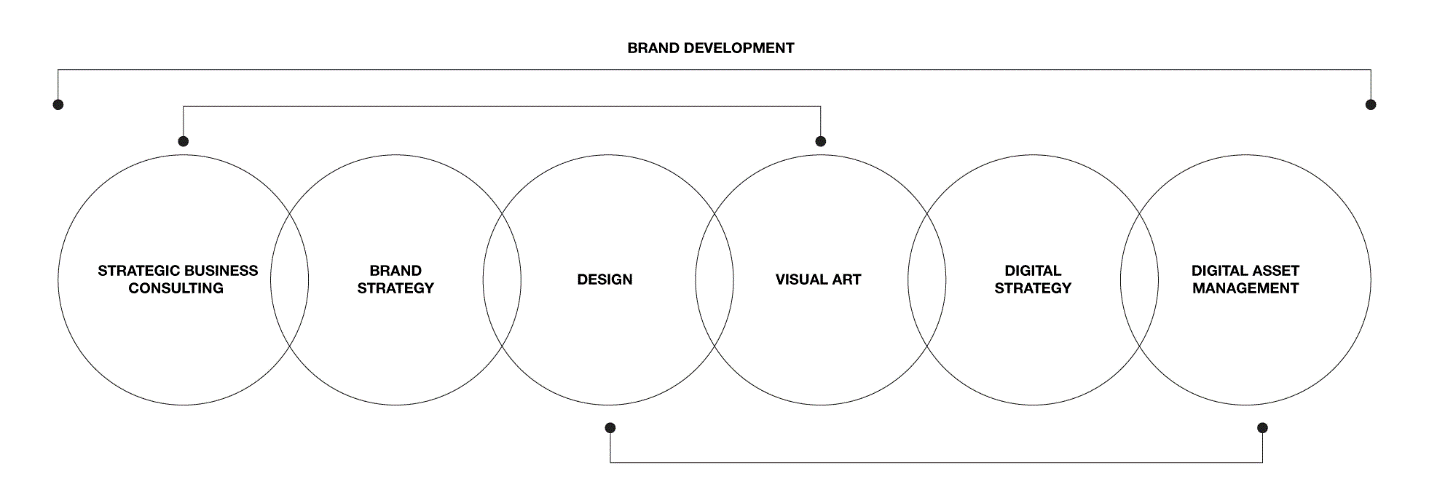
If design is to be treated as a process that involves research and development, why do so many still approach it as a commodity? The right client should be investing in the process, not the results. Results are for both parties, a reward for dedication to the process.
Ultimately the designer is compelled to deliver results at each checkpoint / phase and the client should be paying retainer fees for research and development.
Phases of Development would most likely involve the following:
- CLIENT DISCOVERY
- RESEARCH:
Industry discovery - DEVELOPMENT:
Applications
Creative development/sketching
Drafting designs/solutions
Refinement
Collateral development/consumer branding
Roll out
All the above of course happens post signing, which comes from a successful proposal.
Average timeline for brand development can take from 6 months to a year, plus roll out give or take. Clients should dedicate 5% to 20% of their marketing budget to brand development. Think of it as funding for a technology or scientific project.
DNA is an ideal molecule to transfer genetic information/messages to every cell in your body. DNA is biological, identity is psychological, observe and build brands in the same way.
Resources – Just to name a few
thelogocreative.co.uk | risingabovethenoise.com | logodesignlove.com | justcreative.com | courtrightdesign.com
tungstenbranding.com | distility.com | logogeek.uk | thelogosmith
While I can recommend several books, the latest two I found quite robust is ‘Brand Intervention’ by David Brier and ‘Creative Strategy and The Business of Design’ By Douglas Davis. Logos, I would easily recommend ‘Logo Design Love’ by David Airey.

I am Phillip J. Clayton, brand design consultant, and visual artist. I am the founder of PJClayton Creative, a brand consulting and design agency. The company’s partners and I are as we say it, “Organically brand passionate”. We believe in brands, we believe in people, we believe that the two are holistically integrated and are built on belief systems, integrated living.

